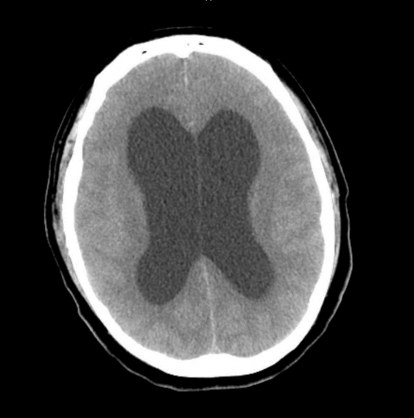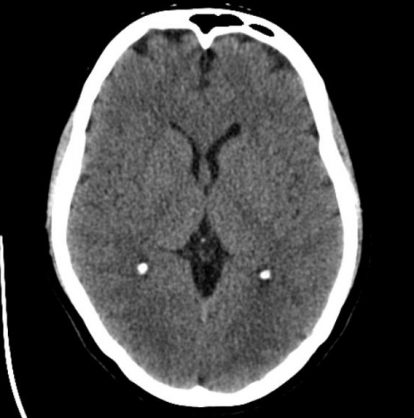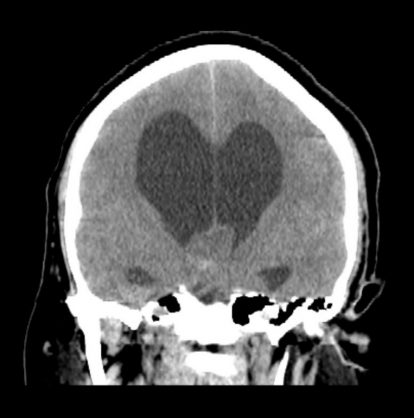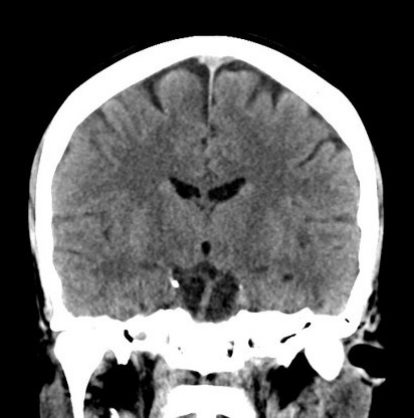Understanding Hydrocephalus
Understanding Hydrocephalus
Causes of Hydrocephalus
Congenital Hydrocephalus
This form is present at birth and may result from genetic abnormalities or developmental disorders. Common causes include:
- Spina bifida
- Aqueductal stenosis (narrowing of the cerebral aqueduct)
- Infections during pregnancy (e.g., rubella or cytomegalovirus)
Acquired Hydrocephalus
This type develops after birth and can occur at any age. Possible causes include:
- Head injuries
- Brain tumors
- Infections like meningitis
- Hemorrhages within the brain
Symptoms of Hydrocephalus
Infants:
- Rapid increase in head size
- A bulging fontanel (soft spot on the top of the head)
- Vomiting
- Irritability
- Poor feeding
Children and Adults:
- Headaches
- Nausea and vomiting
- Blurred or double vision
- Balance and coordination problems
- Cognitive difficulties, such as memory loss or difficulty concentrating
Treatment Options for Hydrocephalus
Ventriculoperitoneal (VP) Shunt:
Endoscopic Third Ventriculostomy (ETV):
Both procedures have their own risks and benefits, and the choice of treatment depends on individual patient factors, including the cause and severity of hydrocephalus, as well as the patient’s overall health.
Living with Hydrocephalus
With proper treatment, many individuals with hydrocephalus can lead full and active lives. Regular follow-up care is crucial to monitor the function of the shunt or the success of an ETV procedure. Patients should be aware of the potential complications, such as shunt malfunctions or infections, and seek medical attention if symptoms reoccur.
Key points for patients and families:
- Maintain regular medical check-ups to monitor the condition.
- Be vigilant for signs of shunt malfunction or infection.
- Engage in physical and occupational therapy to address any motor or cognitive challenges.










I REALIZED THAT DR. YASHAR GENUINELY CARES TO CURE HIS PATIENT, WHICH MAKES HIM AN EXCEPTIONAL DOCTOR IN THE CITY.


